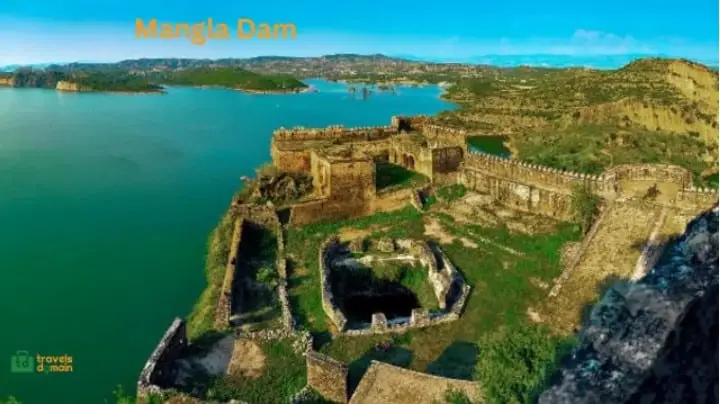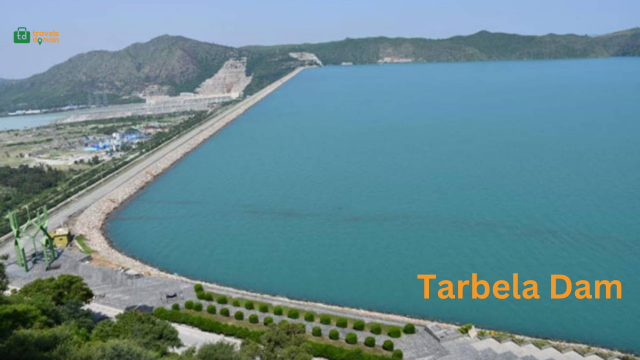https://travelsdomain.com/how-many-dams-in-pakistan/

How many dams in Pakistan?
According to the International Commission on Large Dams, 73 dams and reservoirs in Pakistan are over (49 ft.) in height. There are estimates Pakistan needs to build a minimum of 750 small dams to meet water requirements for its growing local and regional population
List of Dams: Some of the famous dams in Pakistan :
In this blog, you will get a complete list of famous dams in Pakistan.
1-Tarbela Dam
2-Mangla Dam
3-Ghazi Barotha Dam
4- Diamer-Bhasha Dam
5- Chashma Barrage
6- Warsak Dam
7-Hub Dam
8-Rawal Dam
9-Simly Dam
10- Khanpur Dam
1-Tarbela Dam
Tarbela Dam was constructed in the 1960s and completed in the early 1970s as part of the Indus Basin Project, which was a significant water management and development initiative in Pakistan. The project aimed to control and regulate the flow of the Indus River and its tributaries, making water available for irrigation, power generation, and flood control.

It is one of the most significant dams in Pakistan and one of the largest earth-filled dams in the world. It is located on the Indus River in the Haripur District of Khyber Pakhtunkhwa province, approximately 50 kilometers northwest of Islamabad, the capital city of Pakistan.
Tarbela Dam has several important purposes and functions:
Water Storage:
One of the primary functions of Tarbela Dam is water storage. It has a massive reservoir that can hold a substantial amount of water. This stored water is essential for irrigation, helping to sustain agriculture in the surrounding areas. The dam plays a critical role in ensuring a stable water supply for Pakistan’s agricultural sector, which is vital for the country’s food production.
Hydroelectric Power Generation:
Tarbela Dam is equipped with a hydroelectric power station. It has a significant electricity-generating capacity, which helps meet Pakistan’s energy needs. The power station consists of several units, and it is an important source of electricity for the country.
Flood Control:
The dam also serves as a flood control structure. During times of heavy rainfall or snowmelt, the dam can hold excess water to prevent downstream flooding in the Indus River basin.
2-Mangla Dam
The Mangla Dam is a significant multipurpose reservoir located on the Jhelum River in the Mirpur District of Azad Kashmir, Pakistan. The dam has created a large reservoir that offers recreational opportunities. It is a popular destination for boating, fishing, and picnicking.

The Mangla Dam project was initiated in the 1960s and completed in the mid-1960s. It was built as part of the Indus Basin Project, a comprehensive water management and development program in Pakistan aimed at regulating and using the waters of the Indus River and its tributaries for various purposes, including irrigation, power generation, and flood control.
It is one of the largest dams in Pakistan and serves several essential functions:
Water Storage:
The primary purpose of the Mangla Dam is to store water from the Jhelum River. The stored water is then used for irrigation, supplying water to the agricultural lands in the surrounding areas. This has had a positive impact on agricultural productivity in the region, benefiting the local economy.
Hydroelectric Power Generation:
The dam is equipped with a hydroelectric power station that generates electricity. The power station has a significant capacity and contributes to Pakistan’s energy production, helping to meet the country’s power needs.
Flood Control:
Like many other dams in Pakistan, the Mangla Dam also serves as a flood control structure. During the monsoon season or heavy rainfall, the dam can store excess water, reducing the risk of downstream flooding in the Jhelum River basin.
Recreation:
The construction of the Mangla Dam led to the creation of the Mangla Lake, which has become a significant source of water supply, electricity, and recreation for the region. The dam has had a positive impact on the local economy, agriculture, and the overall development of the area.
